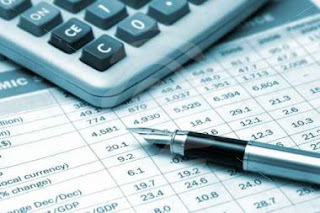
Another example of an online Forex trade: If you buy EUR/USD, this means you are buying euros, and simultaneously are selling dollars. Your expectation therefore is that the euro will appreciate (go up) relative to the US dollar.
If you believe that the US economy will weaken and this will hurt the US dollar, you would execute a buy EUR/USD order. By doing so you will buy euros in the expectation that the currency will appreciate against the US dollar. If you believe that the US economy is strong and the euro will weaken against the US dollar you would execute a sell EUR/USD order. By doing so you have sold euros in the expectation that they will depreciate against the US dollar. More information concerning online Forex trading is available at Forex Floor
If you believe that the US economy will weaken and this will hurt the US dollar, you would execute a buy EUR/USD order. By doing so you will buy euros in the expectation that the currency will appreciate against the US dollar. If you believe that the US economy is strong and the euro will weaken against the US dollar you would execute a sell EUR/USD order. By doing so you have sold euros in the expectation that they will depreciate against the US dollar. More information concerning online Forex trading is available at Forex Floor




























